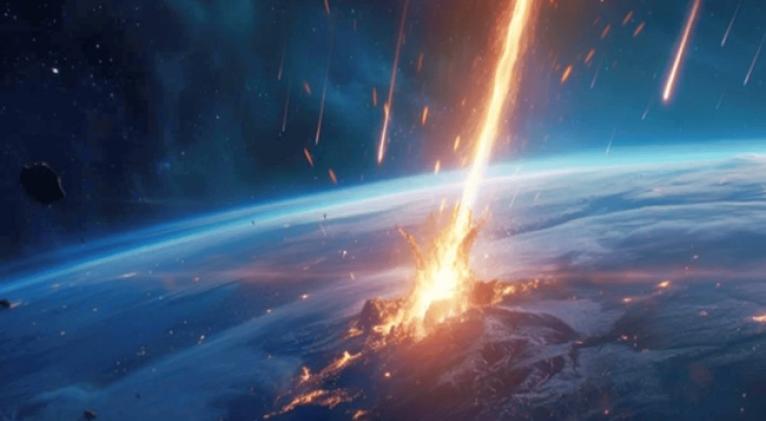
The oldest meteorite impact crater on Earth has been discovered in the heart of the Pilbara region of Western Australia.
The crater was formed more than 3.5 billion years ago, making it the oldest known, with more than a billion years difference, according to Nature Communications.
The location of the crater supports a theory about the birth of the first continents on the planet.
The oldest rocks on Earth were formed more than 3 billion years ago and are found in the cores of most modern continents. However, geologists still disagree about how or why they formed.
There is consensus that these early continents were crucial to many chemical and biological processes on Earth.
Many geologists believe that these ancient rocks were formed on plumes of hot water that rose from the Earth's molten metal core, like wax in a lava lamp. Others argue that they were formed by plate tectonic processes similar to those on modern Earth, where rocks collide and push each other up and down.
A few years ago, a paper was published suggesting that the energy needed to form the continents in the Pilbara came from outside the Earth, in the form of one or more collisions with meteorites many kilometers in diameter.
As the impacts lifted up huge volumes of material and melted the rocks around them, the mantle below produced thick “bubbles” of volcanic material that evolved into continental crust.
The evidence then lay in the chemical composition of tiny crystals of the mineral zircon, the size of grains of sand.
Analysis showed that above the layer with the shattered cones was a thick layer of basalt with no evidence of impact. This means that the impact had to be the same age as the rocks in the Antarctic Member, which we know to be 3.5 billion years old.
Some scientists had already argued that meteorite impacts played a fundamental role in the geological history of our planet, as they clearly did on our cratered moon and on other planets, moons and asteroids. Now, there is a chance to test these ideas based on compelling evidence.
Who knows how many ancient craters lie yet undiscovered in the ancient cores of other continents? Finding and studying them will transform our understanding of the early Earth and the role of giant impacts not only in the formation of the land masses we all live on, but in the origins of life itself. (Text and Photo: Cubasí)